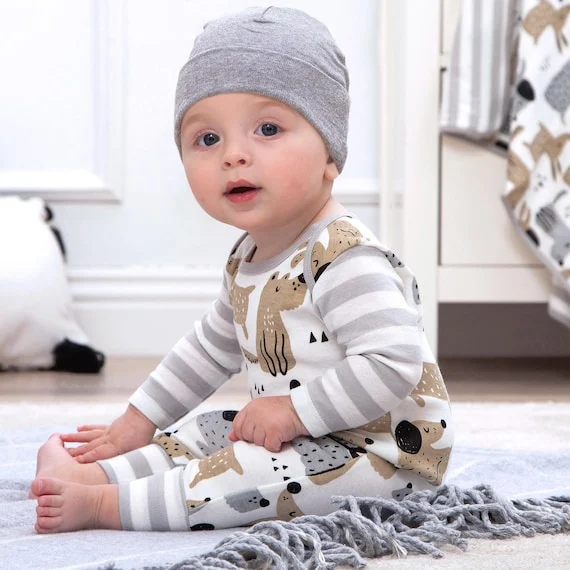Around two and a half years old, my daughter Mia frequently exclaimed—often in an enthusiastic shout—“I want to be pretty!” This declaration often accompanied her choice of clothing, leading her to favor pink shirts and dresses over pants. My initial reaction was to resist, insisting that being pretty wasn’t essential and that dresses would hinder her ability to climb at the playground. “I don’t want to climb. I have to be PRETTY!” she would insist.
At first, I attributed her obsession to the well-meaning compliments from strangers, who would remark, “What a pretty dress!” I felt frustrated, believing these comments were steering her towards valuing appearance above all else and preparing her for a lifetime of unsolicited judgments—a precursor to societal pressures and harassment regarding her looks.
As Mia’s fixation on being pretty grew stronger, I began to understand that it was more than mere influence; it was an integral part of her identity and a way for her to express her femininity. I realized that my role as a progressive parent wasn’t to steer her away from her love of all things colorful and sparkly. Instead, it involved embracing her interests while also critiquing the problematic aspects of gendered marketing—an ongoing challenge that has compelled me to reflect on my own biases regarding femininity.
Growing up in the 1980s in a culture that valued tomboyishness, I had learned to disparage things deemed “girly.” Despite my desire to embody the femininity that I admired in my peers, I felt pressured to reject it. I found humor in mocking advertisements aimed at girls and pretended to prefer blue, distancing myself from anything that could be perceived as “silly.” This internalized femmephobia is common; even girls encouraged to embrace femininity often face diminished respect and assumptions about their intelligence based on their appearance.
Despite my awareness of these societal pitfalls, I found myself hiding Mia’s tutu out of discomfort over the attention it attracted. The realization struck me that the tutu itself wasn’t the issue; the problem lay in the narrow definitions of beauty that society imposes. The desire to be pretty, in its essence, isn’t flawed—it’s the societal standards that twist that desire into something exclusionary and damaging.
What I hadn’t fully grasped was that for Mia, “pretty” transcends conventional attractiveness. It represents joy, creativity, and adornment: vibrant dresses, playful accessories, and colorful hair clips. When she tells me, “Mommy, you’re not pretty today,” she simply means I should wear brighter colors. When she claims, “I’m the prettiest,” it’s a playful assertion based on the number of necklaces she’s wearing, not a competition in beauty. In her world, “Everyone’s pretty in Mia-land,” a blissful perspective that I wish we could all adopt.
While there is much work ahead—Mia will inevitably encounter society’s rigid beauty standards, and it will be a challenge to unlearn those harmful messages—I choose to cherish the lesson she has imparted: that prettiness is an expression of creativity, not a measure of worth, and there’s nothing trivial about it. Importantly, the tutu is never the source of the problem.
For additional insights on parenting and self-empowerment, you can explore this helpful blog post. Also, if you’re considering the journey of home insemination, Make a Mom offers a comprehensive range of resources. And for those navigating fertility insurance questions, UCSF’s resource is an excellent guide.
In summary, my daughter’s innocent understanding of beauty has reshaped my approach to parenting, teaching me to embrace expressions of femininity without fear of societal judgment.
